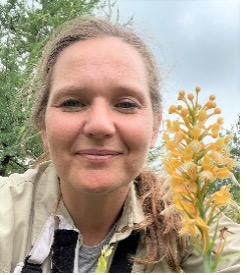Does the range of microorganisms plants associate with, determine their habitat range? We compare distribution-wide microbiome associations among Platanthera orchid species.
Plant Conservation Hologenomics in the Hartvig Group
The Plant Conservation Hologenomics system applies the hologenomics concept to understand the role of microbionts in ecology and evolution of wild plant species, and works on translating the findings into improved conservation plans for threatened taxa.
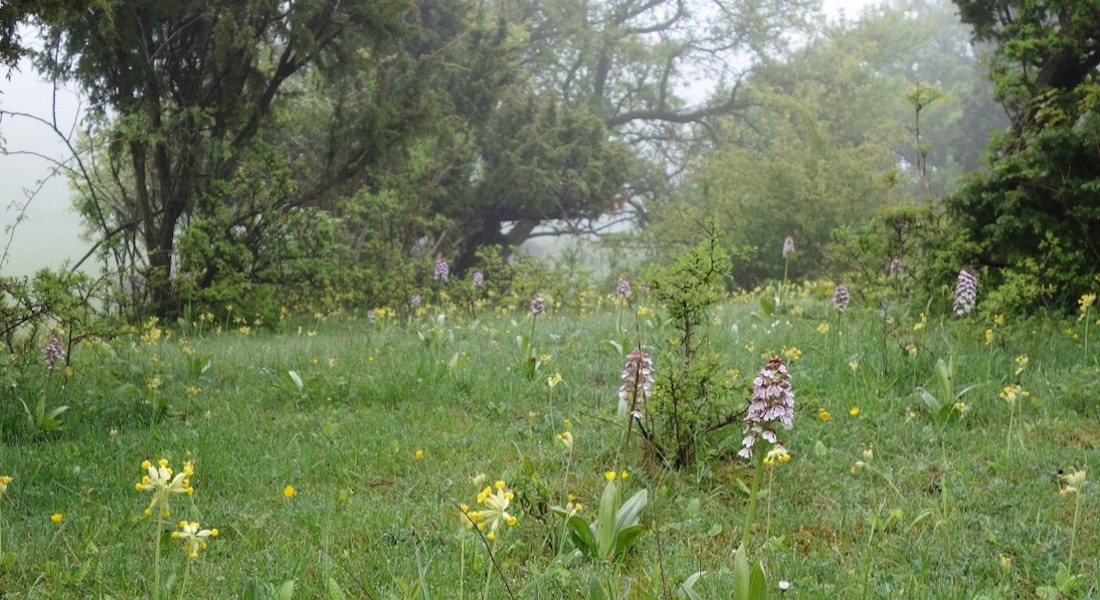
As we are uncovering the many significant roles of the microbiome in the ecology and health of the plant host, it is becoming increasing clear that if we want to effectively protect and conserve wild plant species, we need to integrate knowledge about both the plants and their microbiomes. In the Plant Conservation Hologenomics group, we study the association between wild plant host genomes, their microbiome communities and their habitats. Our research aims to uncover the significance of microorganisms in a plant's capacity to thrive and adjust to its environment, leading to improved predictions of their habitat needs that can feed into practical conservation measures. We combine range-wide microbiome assessments in vulnerable plant species with conservation and population genomic studies for a new generation of plant conservation science.
Part of our work is dedicated to understanding the underlying evolutionary patterns of plant-microbe interactions, and how adaptation to specific microbiont partners affects speciation processes and differentiation of evolutionary lineages.
Most of our projects use orchids and their microbiomes, including their specific mycorrhizal symbionts, as a model system to understand the role of microbionts in plant ecology and evolution, and how we best integrate the hologenomics approach into conservation plans and management of threatened taxa.
Hartvig et al 2024. Co-occurring orchid species associated with different low-abundance mycorrhizal fungi from the soil in a high-diversity conservation area in Denmark. Ecology and Evolution. https://doi.org/10.1002/ece3.10863
Evans et al 2023. Hybridization in the Fringed Orchids: An Analysis of Species Boundaries in the Face of Gene Flow. Diversity. https://doi.org/10.3390/d15030384
Hartvig et al 2021. Detecting rare terrestrial orchids and associated plant communities from soil samples with eDNA methods. Biodiversity and Conservation. https://doi.org/10.1007/s10531-021-02279-4
Smithsonian Environmental Research Center
North American Orchid Conservation Center (NAOCC)
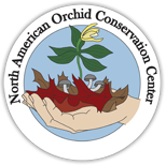
Funding:
Horizon Europe MSCA Fellowships

Carlsberg Foundation
![]()
GB Hartmanns Familiefond

Projects
Distribution and adaptation
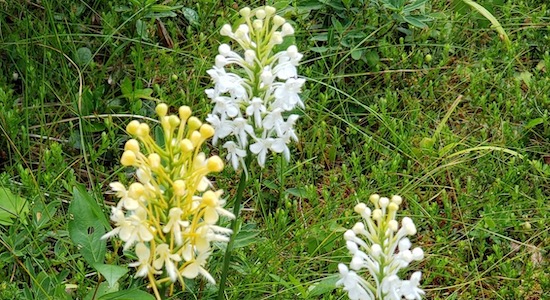
Hologenomic orchid conservation
We investigate the correlation between soil types, genotypes and microbiont communities in native Danish orchids to understand their complex habitat requirements and improve conservation plans.
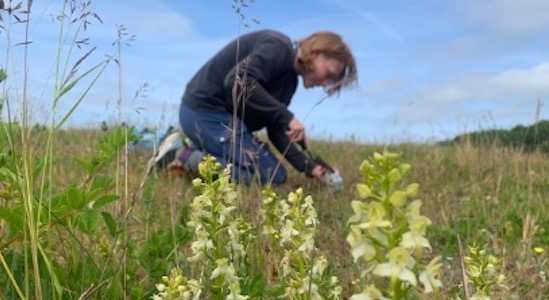
Orchid-mycorrhizal evolution
We investigate how specialization to different fungi across the large terrestrial orchid genus Platanthera has shaped diversification and speciation patterns.
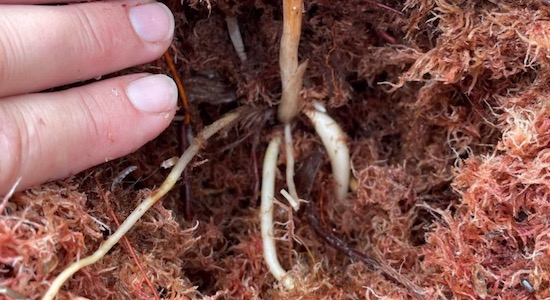
Hybridization and conservation genomics
We apply population genomics to unravel how hybridization and landscape features shape speciation and diversity patterns in vulnerable orchids in North America and Northern Europe.
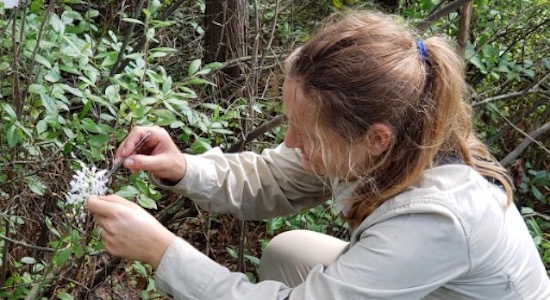
Group members
| Name | Title | Phone |
|---|

